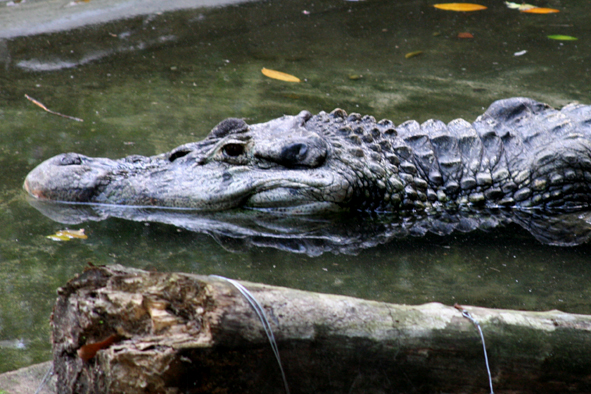Facts About Black caiman
The black caiman is a large crocodilian predominantly inhabiting the Amazon Basin of South America. Recognized for its nearly black coloration, these formidable creatures can grow up to 6 meters (about 20 feet) in length. As apex predators in their ecosystem, black caimans prey on a variety of animals, including fish, reptiles, birds, and mammals.
During the dry season, female black caimans construct nests to safeguard their eggs. This species was once heavily hunted for its valuable hide but is now listed as Conservation Dependent, indicating the need for ongoing conservation efforts to ensure its survival.
One of the distinguishing features of the black caiman is its dark skin and considerable size. Additionally, they possess distinct skull shapes and relatively larger eyes compared to other caiman species. Adult males can surpass lengths of 5 meters (16 feet). Their diet is remarkably diverse, encompassing small fish and frogs to larger mammals like capybaras and even other caimans.
The black caiman faces significant threats from habitat destruction and hunting for its leather and meat. Although conservation initiatives have helped their numbers recover, continued management is essential to curb hunting and protect their habitats. Unfortunately, black caimans can pose dangers to humans, with occasional fatal attacks reported.
Captive breeding of black caimans has proven challenging, with limited success. Despite these difficulties, black caimans play a vital role in the Amazon ecosystem as top predators, contributing to the balance and diversity of wildlife in the region.

 Peru
Peru